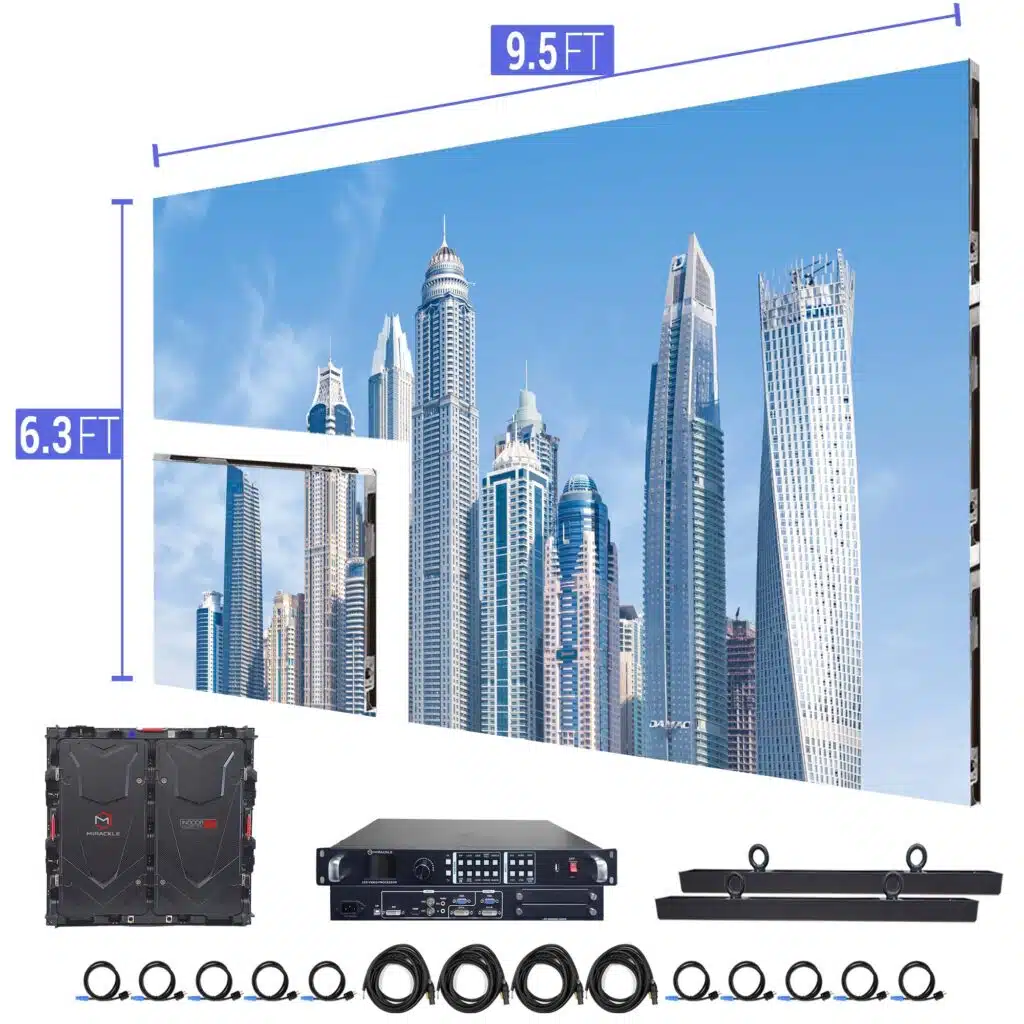Enhancing Aesthetic Effect Through Tactical Content Timing in LED Display Performance
Wiki Article
Enhancing aesthetic effect throughout LED wall performances requires careful planning and strategic content scheduling. Light-emitting diode walls represent potent tools for visual storytelling, often used in concerts, events, and displays. The efficacy of these screens relies not only only upon the quality of the visuals but also on how and when they are presented. By understanding the audience's attention span and the flow of the event, organizers can create a more engaging experience that captivates viewers and enhances the overall performance.
One key aspect of tactical visual timing is scheduling. It is vital to synchronize the images to the rhythm and tempo of the show. For example, in the course of a musical performance, visuals should complement the beat and mood of the melody. This synchronization helps to forge a unified encounter that pulls the viewers closer. Additionally, it is important to consider the duration of each image segment. Short, impactful clips can maintain viewer interest, while longer visuals may be appropriate for moments of reflection or emotional connection. By varying the length and intensity of the images, organizers can keep the audience engaged during the show.

Another crucial element is the content itself. The visuals displayed on the light-emitting diode screen should be relevant to the theme of the performance. This relevance helps to strengthen the narrative being communicated and makes the experience more memorable for the audience. For instance, if the show is about ecological consciousness, using images that illustrate the environment and wildlife can amplify the narrative. Furthermore, adding lively features, such as animations or interactive graphics, can add excitement and keep the audience's attention. The right content, presented at the right time, can considerably elevate the impact of the performance.
Audience engagement is also a crucial consideration in content scheduling. Understanding the demographics and preferences of the audience can guide the selection of visuals. For example, a younger crowd may react better to bright hues and quick motion graphics, while an older audience might appreciate more subtle and sophisticated visuals. By tailoring the content to the audience's interests, organizers can create a more personalized encounter that connects with spectators. Additionally, adding viewer involvement, such as real-time polls or social interactions, can further enhance engagement and make the show more engaging.
Finally, assessing the efficacy of the visual timing is crucial for upcoming performances. Gathering feedback from the audience can provide valuable insights into what worked well and what could be improved. This information can assist event planners improve their approaches and take informed decisions for upcoming events. By continuously evaluating and adapting the visual timing strategy, event planners can amplify the visual impact of led wall content management for live events LED wall shows plus craft memorable experiences for their audiences.